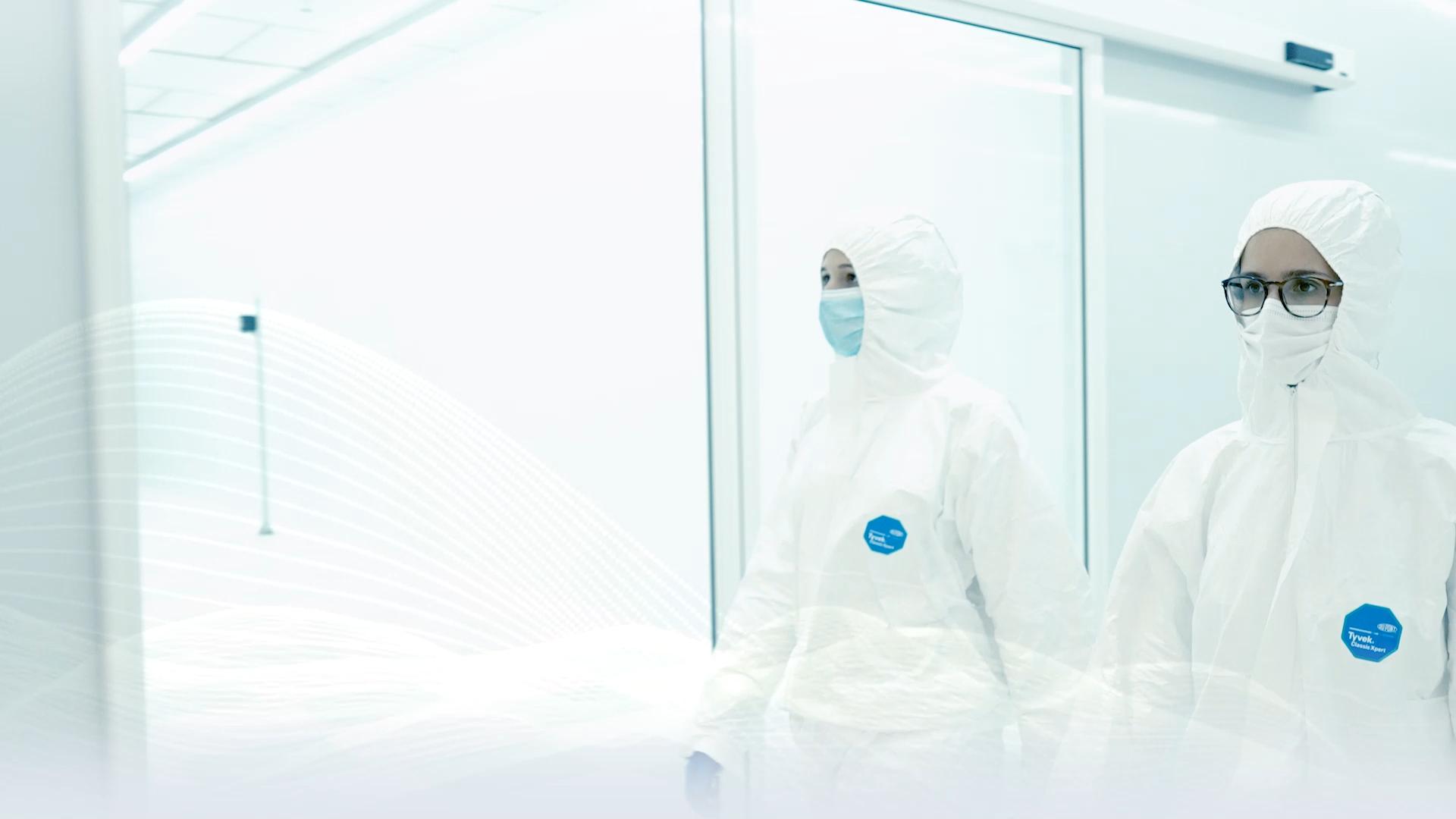

Testo finto finto finto testo testo
This article defines the cleanliness classes and the maximum particle content envisaged for each of them. It also specifies the procedures to collect and process data. Standard UNI EN ISO 14644-1 is used mainly when defining the specifications of a Clean Room and during testing.


ISO class
Clean Room standards
The standard essentially establishes what reported in the table below. The table indicates the maximum concentration of particles contained in a cubic metre of air according to the various cleanliness classes.

Let us take cleanliness class ISO 2, for example: one cubic metre of air must contain maximum 100 particles of a diameter exceeding or equal to 0.1 micron, 24 of a diameter exceeding or equal to 0.2, 10 of a diameter exceeding or equal to 0.3 and only 4 of a diameter exceeding or equal to 0.5 micron.

Measuring methods according to UNI EN ISO 14644-1
The standard envisages the possibility of testing Clean Rooms in three different conditions:
a. “As built”: it means operators perform measurements when the clean room is finished, though without machinery and personnel;
b. “At rest”: measurements must be taken with the machinery in operation, though without personnel;
c. “In operation”: in this case, measurements must be taken with the machines and personnel present and normally active.
Standard UNI EN ISO 14644-1 also establishes a few essential points for a correct measurement of parameters:
- The number of measurement points must not be below the square root of the surface in square metres;
- The volume of air taken for each sampling point must be such to contain at least 20 particles of the larger size. In any case, the volume of air must not be below two litres and the sampling time must exceed one minute;
- At least one air sample per point must be taken (three if only one measuring point exists).
Thanks to the statistical processing of this series of measurements taken in different points, you can determine the cleanliness class of a Clean Room. Operators assessing the cleanliness class base themselves on the average of values in each measuring point, for each particle.



